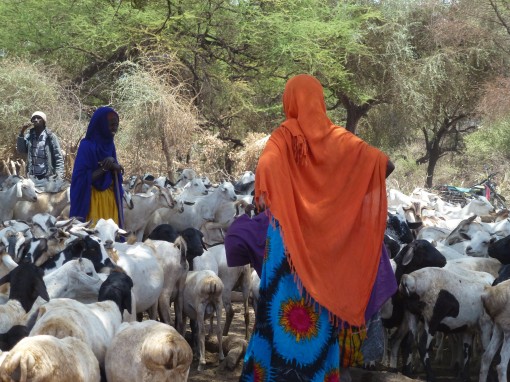
Nomadic pastoralist communities: An invisible frontier in health surveillance
The effects of COVID-19 have gone undocumented in nomadic pastoralist communities across Africa, which are largely invisible to health surveillance systems despite their significance in the setting of emerging infectious disease.
A new research paper in the American Journal of Tropical Medicine and Hygiene (online first 10 Sept 2020) exposes these landscapes as a ‘blind spot’ in global health surveillance, elaborates on the ways in which current health surveillance infrastructure is ill-equipped to capture pastoralist populations and the animals with which they coexist, and highlights the consequential risks of inadequate surveillance among pastoralists and their livestock to global health.
As a platform for further dialogue, the authors of the paper also present solutions to address this gap. These include the development of an integrated One Health surveillance system that links pastoralists, their livestock and overlapping wildlife populations with centralized disease reporting. Community-based syndromic surveillance and participatory epidemiology would also improve early detection and reporting of disease outbreaks for more timely control interventions.
Citation
Hassell, J.M., Zimmerman, D., Fèvre, E.M., Zinsstag, J., Bukachi, S., Barry, M., Muturi, M., Bett, B., Jensen, N., Ali, S., Maples, S., Rushton, J., Tschopp, R., Madaine, Y.O., Abtidon, R.A. and Wild, H. 2020. Africa’s nomadic pastoralists and their animals are an invisible frontier in pandemic surveillance. American Journal of Tropical Medicine and Hygiene. https://doi.org/10.4269/ajtmh.20-1004
Photo credit: Boran women with sheep and goats at a traditional deep well water source, Garba Tulla, Isiolo, Kenya (ILRI/Fiona Flintan)






















